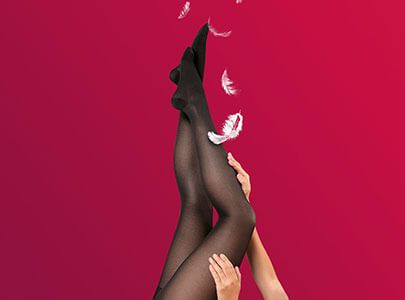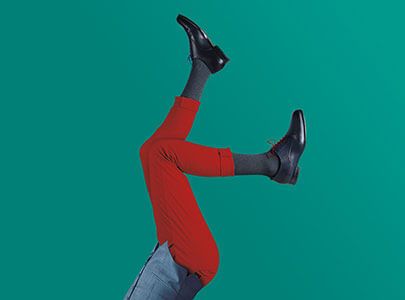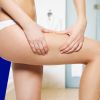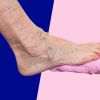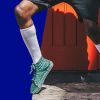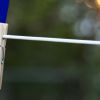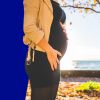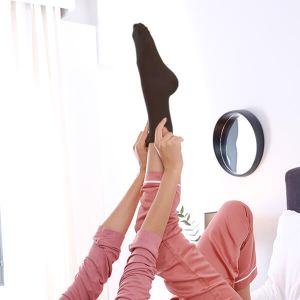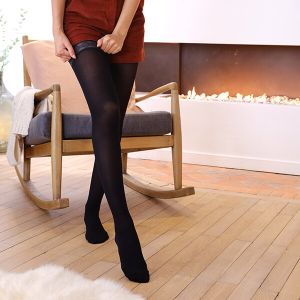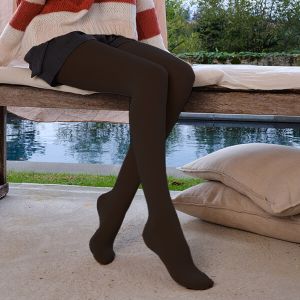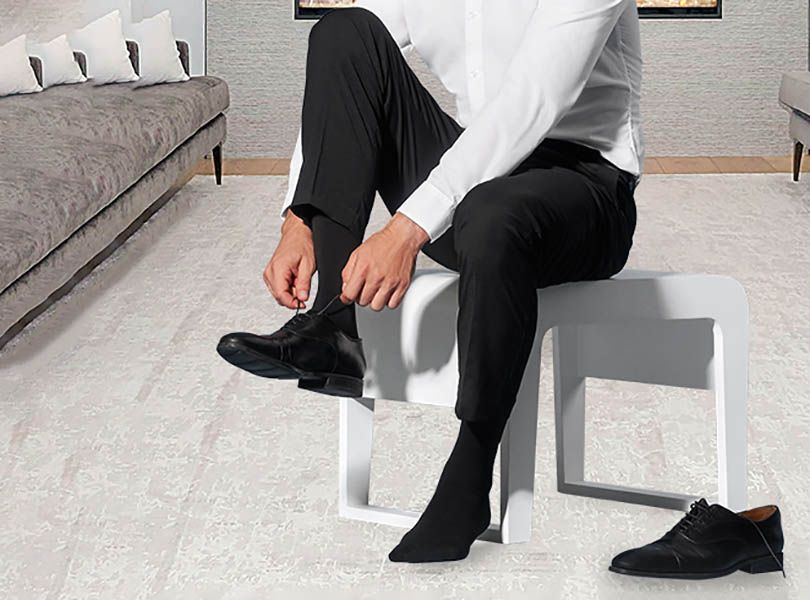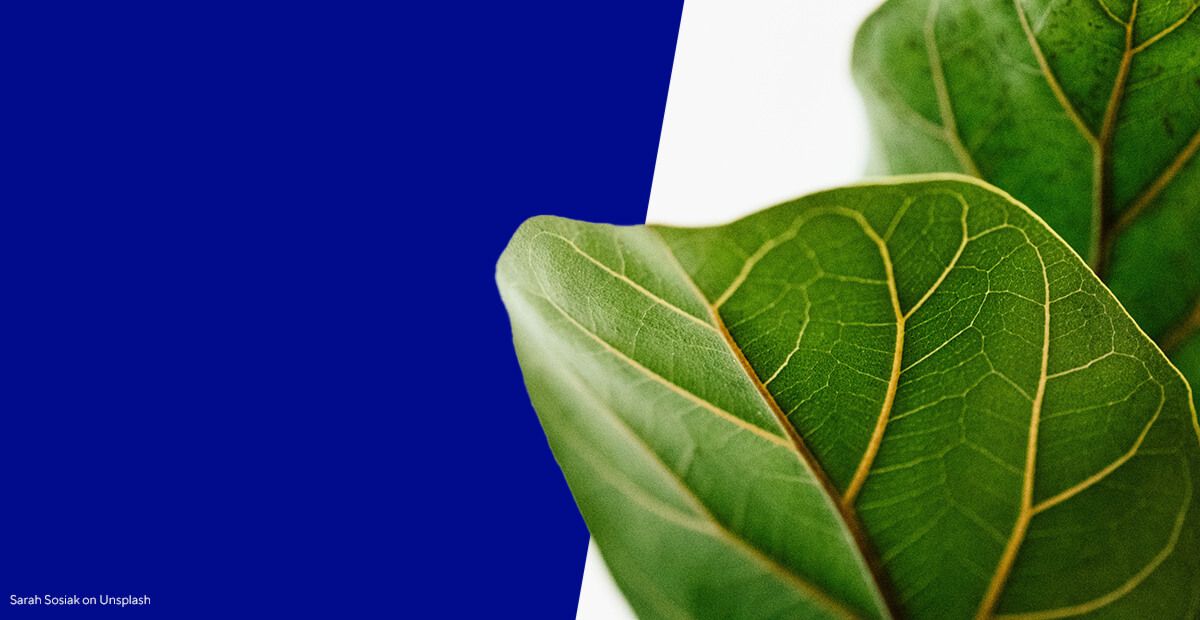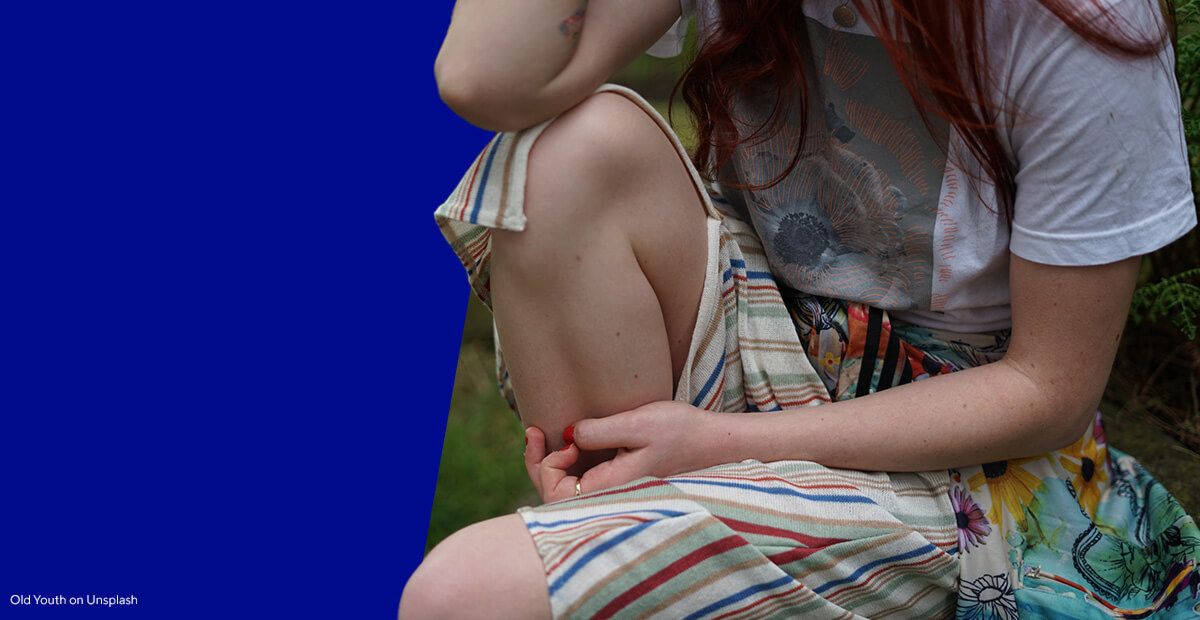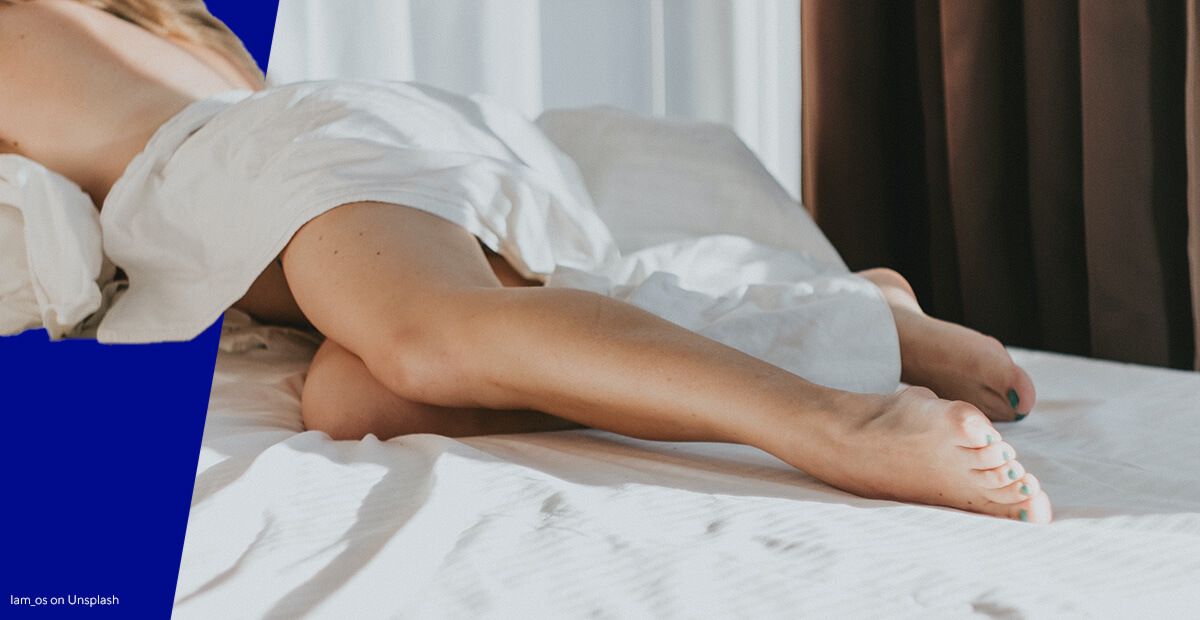Painful leg varicose veins - how to deal with painful varicose veins?

Leg pains are not uncommon. Each of us has felt such discomfort many times in our lives. It is more often connected with an increased physical effort, less often with some kind of disease.
It should be noted, however, that varicose veins are a separate but quite common problem. People who work in a standing or sitting position are more exposed to their occurrence.
After returning home we feel that our legs are swollen, heavy as lead, and refuse to obey us. If you cannot yet see the dark blue coils of veins under the skin at the back of your knees, you have entered pre-varicose veins and can do something to stop them.
If these have already appeared, we probably also already know how severe the pain of a varicose vein in the leg can be. It is worth knowing how to prevent them from forming, but also how to save yourself once the problem has occurred and which specialist to see.
To which doctor with varicose veins?
The problem is not so uncommon. According to the latest statistics, about half of women and 40% of men in Poland have varicose veins. Varicose veins are very often untreated, and we don't even know about them or we simply underestimate them, assuming that it is only an aesthetic problem and not a healthy one and we rely on masking the varicose veins.
It is not until the varicose veins become painful that we are forced to consider visiting a specialist. Which doctor should we go to? There is no single specialization that deals exclusively with varicose veins, and this is because their causes should be sought in a variety of sources.
However, it is enough to make an appointment with your family doctor who will be able to refer you to a very important in this case examination - venous or arterial doppler, or directly to a specialist: karyologist, endocrinologist, angiologist, or vascular surgeon.
Sometimes a doctor of aesthetic medicine or a dermatologist can also help, especially if we do not have large varicose veins but rather unsightly cobwebs.
Varicose vein pain - how to avoid it and how to reduce it?
Of course, it would be best to avoid pain by avoiding varicose veins. However, we are still not aware of what symptoms signal that in some time we might just develop vein problems.
Very often it is a matter of genes, so if our parents or grandparents had varicose veins, we should pay special attention to prevention. Answering the question of whether varicose veins hurt, we can say that they do indeed hurt. Not only the veins themselves but also the whole legs.
People prone to varicose veins and those who have developed them through an unhealthy lifestyle have similar symptoms, one of which is leg pain. It usually appears in the evening.
A whole day spent on your feet or, on the contrary, a whole day spent sitting may be the main cause of varicose veins and related pain. Putting one foot in front of the other will sometimes only make the condition worse.
A good idea for both preventing varicose veins and managing their pain is to incorporate more exercise into your life. If your job requires you to stay in one position for a long time, it is good to take frequent breaks, walk, stretch, and rest your legs.
After work, go for a walk, cycle, or swim. Nordic walking is an excellent exercise involving the whole body. Apart from walking sticks, it does not require any special accessories.
Painful leg varicose veins are often connected with muscle weakness. The stronger they are, the more efficient the blood flow in lower limbs will be. Blood will not accumulate in veins, stretching them and creating unsightly coils under the skin.
It will also be worth resigning from too-tight clothes or underwear which press the skin tightly in one place and restrict the free flow of blood and other body fluids.
Painful varicose veins on legs may also be reduced by using special compression tights. However, it is better to consult their use with a doctor who will tell you what level of compression is optimal in your case.
Varicose vein rupture - what to do?
What can cause sudden severe pain is a burst varicose vein on the leg. It can be caused by a mechanical injury in the place of the varicose vein, inflammatory and thrombotic changes, but also by an insect bite or high blood pressure caused by prolonged standing in one position. This is a very dangerous situation, and you need to act quickly.
You cannot do without medical intervention or calling an ambulance and taking the sick person to a hospital. By the time the paramedics arrive, it is essential to apply a sterile pressure dressing and a tourniquet. This should be placed below the damaged varicose vein. The patient should also be placed in a supine position with the leg elevated to reduce blood loss and relieve pressure on the limb.
